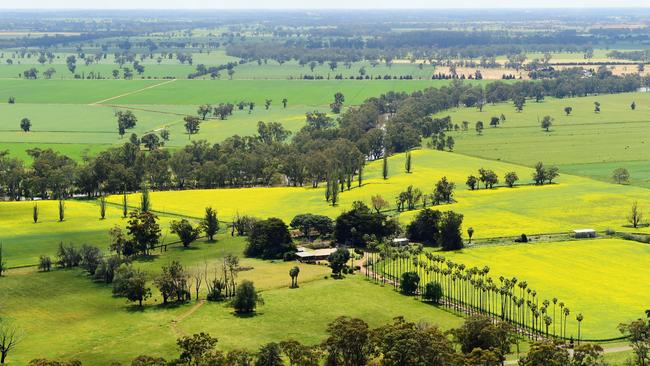How family farms stack up against corporate ag
Corporate investment in farming operations remains steadfast, but the family farm is still a strong player in Australian agriculture.
The family farm remains the dominant form of agricultural property ownership in Australia, outweighing corporate counterparts by more than 90 per cent.
And the rate of return for operations with more than $5 million in capital has lifted in the past five years.
Australian Bureau of Agricultural and Resource Economics data for 2021-22 – which is the more recent available – showed broadacre operations with more than $5.4 million in capital had a rate of return of 13.3 per cent.
In comparison, broadacre farms with more than $5.3 million in capital in 2018-19 had a rate of return of 3.2 per cent.
ABARES executive director Jared Greenville said about 95 per cent of farms nationwide were family-owned, encompassing a mixture of sole trades and small family companies.
According to ABARES, the largest 10 per cent of broadacre farms had the highest average rate of return, coupled with the lowest equity ratio.

And while the number of farms has declined since the 1950s, the ratio between corporate agriculture and family enterprises has remained relatively stable.
“Going back 30 years we had about 150,000 farms, and that’s now about 88,000 farms,” Dr Greenville said.
“Consolidation pressures and corporations are getting bigger and family farms are getting bigger.”
The way corporations are investing in agriculture has also shifted in recent years, according to Elders general manager farmland agency and agribusiness investment Mark Barber.
He said while farmland property sales exceeding $20 million have increased substantially in recent years, total turnover by number of sales has fallen in the past five years, from “some of the lowest turnover in the past five years”.
“We are seeing larger farms get larger, and a lot of inbound interest and investment,” Mr Barber said.
An annual investigation by The Weekly Times revealed institutional investment in farmland in the past 12 months grew significantly, with the 10 biggest investors increasing the size of their portfolios to more than $24 billion combined value.
Mr Barber said more corporate investors sought farming partners as opposed to sole ownership of a business, “and investing with substantial domestic operators”.
“They’re coming in, looking at wanting to be a part of that, and capitalising on that in some way,” Mr Barber said.





